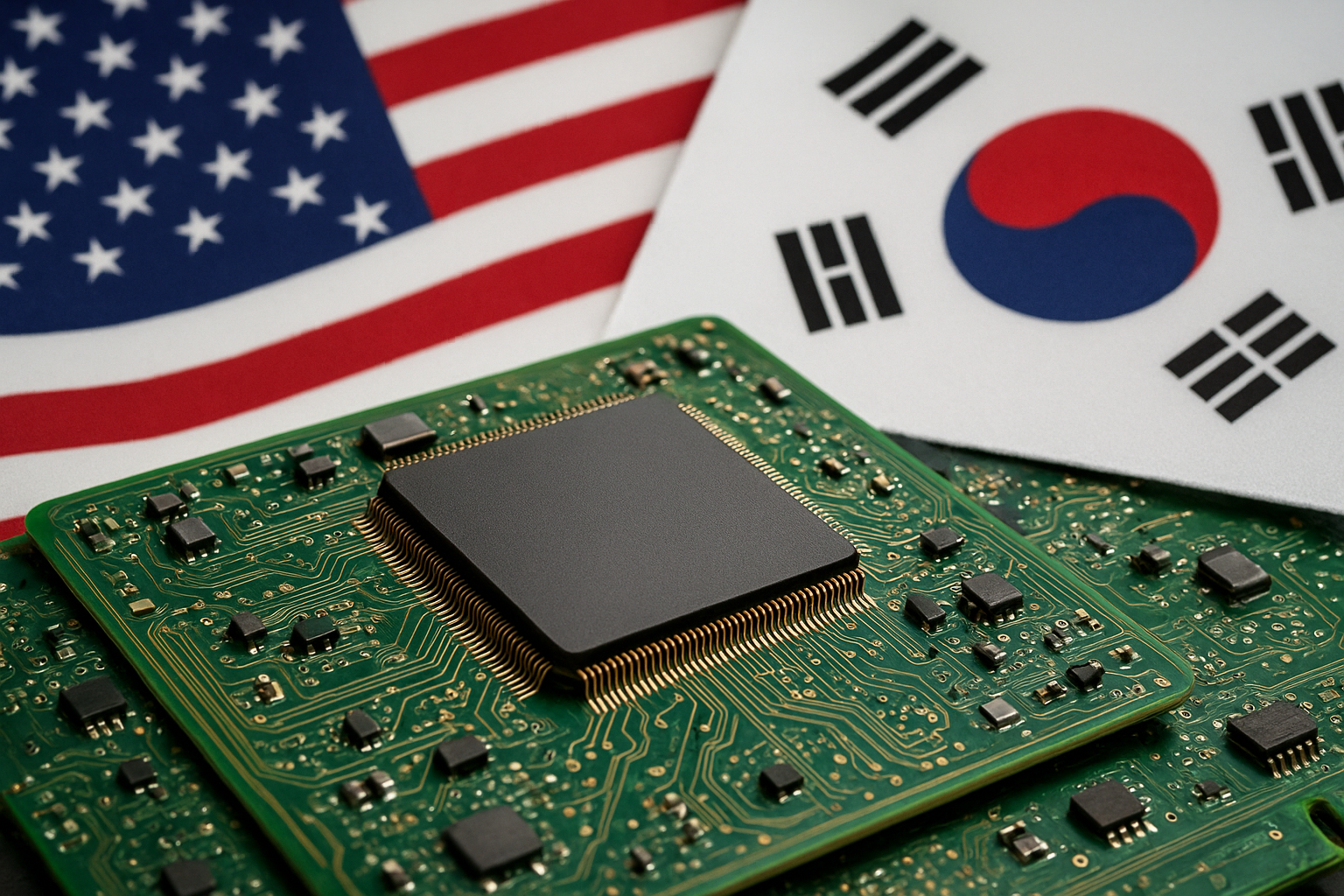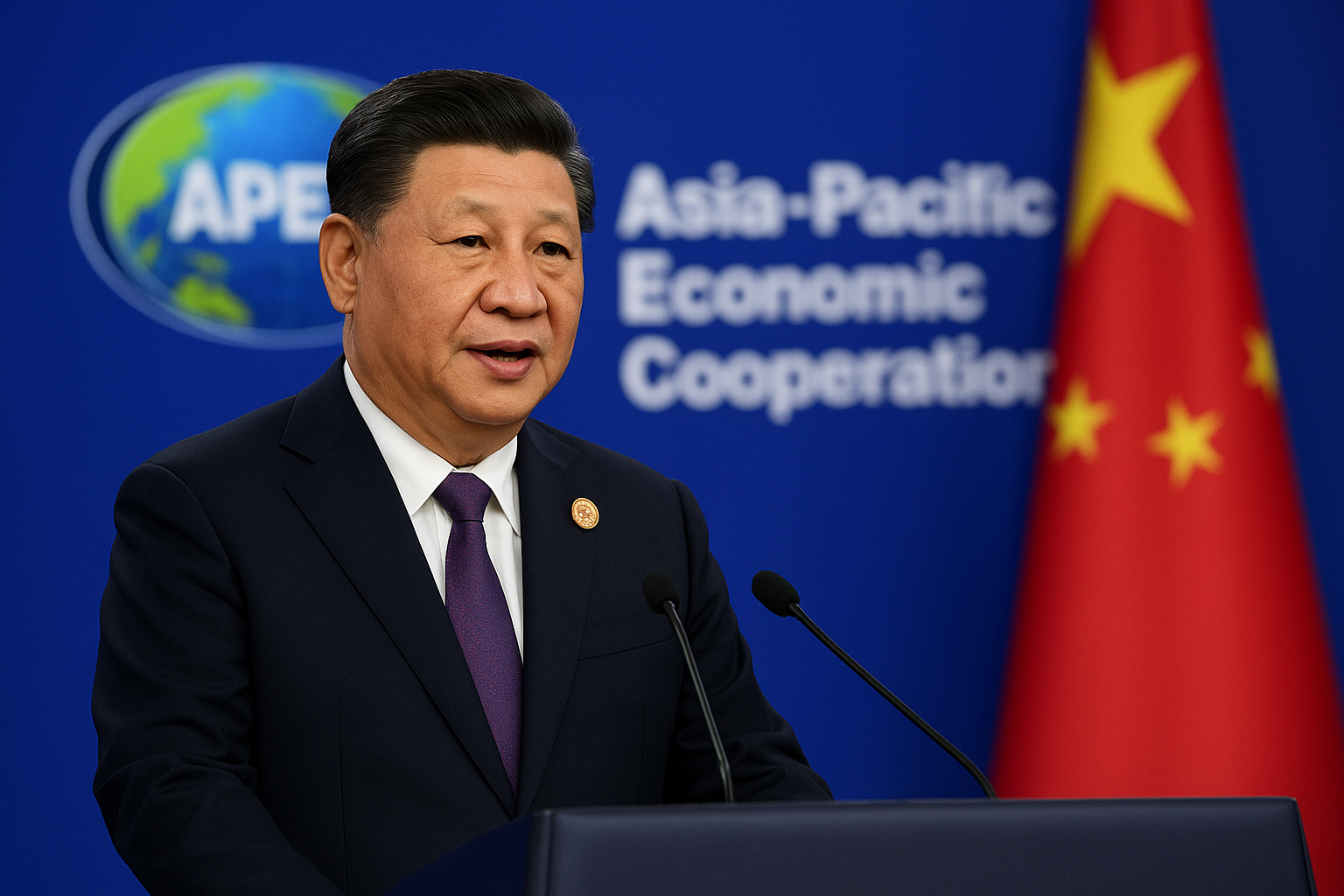A Market Paused at 6,000—But for How Long?
After a roaring rally that propelled the S&P 500 above the 6,000 milestone, U.S. equity futures opened the week on a cautious note as investors brace for a pivotal round of U.S.–China trade talks taking place in London. This diplomatic engagement—framed as the most significant since the 2022 semiconductor sanctions—has placed geopolitics back at the center of market sentiment.
The soft futures action follows a week where optimism surged, driven by robust U.S. nonfarm payroll data and renewed strength in tech megacaps. But with global trade policy suddenly in focus again, Wall Street is momentarily holding its breath.
Why This Matters for Investors
Markets may be forward-looking—but they’re also acutely reactive to geopolitical catalysts. The London trade summit between the U.S. and China has potential to either stabilize global supply chain expectations or reignite fears of another decoupling wave.
“We believe markets are entering a geopolitically sensitive phase,” said Mark Haefele, Chief Investment Officer at UBS Global Wealth Management, in a note to clients. “Any perceived deterioration in U.S.–China dialogue could prompt defensive sector rotation, especially within manufacturing and export-heavy industries.”
Citigroup responded to the recent tech-driven rally by revising its S&P 500 year-end target to 6,300, citing resilience in corporate earnings and the accelerating impact of AI-led cost efficiencies. But they also cautioned that global macro risks, including trade friction, could inject short-term volatility.
AI and Buybacks: Fueling the Fire Beneath the Index
Even amid geopolitical concerns, the market continues to benefit from tailwinds—especially the AI revolution and corporate buyback programs. According to Goldman Sachs, tech firms alone are expected to execute over $280 billion in share repurchases in 2025, a figure bolstered by record-high free cash flow and reduced capex needs post-AI implementation.
Meta, Nvidia, and Alphabet have led the charge, with the Nasdaq Composite up 14.6% YTD, outpacing most global benchmarks. However, this tech-led strength means the broader index is vulnerable to headline shocks. For instance, any disruption in semiconductor supply agreements or export licenses could ripple across both the AI and hardware sectors.
Trade Talks: Diplomatic or Disruptive?
As of Monday, both Washington and Beijing have kept official statements vague. The main agenda reportedly includes easing tariffs, reviewing tech export controls, and rebuilding communication channels disrupted since 2020.
According to Reuters, markets are “subdued but stable,” awaiting any press release or leak from the closed-door talks. Analysts warn that while expectations are low for a grand bargain, even incremental goodwill—such as agreeing on tech collaboration frameworks—could lift investor confidence.
Conversely, if talks break down or fail to deliver a joint communiqué, expect a flight to safety. Bond yields, the U.S. dollar, and gold could all see immediate inflows as investors hedge equity risk.
Key Investment Insight
For now, investors should prepare for a binary volatility scenario:
- A positive resolution could ignite another leg up for global equities, particularly in exporters, AI supply chain stocks, and multinational consumer brands.
- A breakdown in talks could shift momentum toward defensive sectors, such as utilities, healthcare, and U.S.-focused REITs.
Citi’s upward S&P target suggests confidence in the long-term fundamentals—but near-term noise could create sharp entry/exit points.
“This is the kind of geopolitical moment where passive investors sit tight, and active investors look to exploit mispricings,” said Liz Ann Sonders, Chief Investment Strategist at Charles Schwab.
Actionable Takeaways
- Diversify exposure to include both growth (AI, tech) and defensive assets.
- Monitor Treasury yields and the U.S. Dollar Index for signs of risk-off sentiment.
- Stay alert to headlines from London trade meetings; rapid repricing may follow leaks or official releases.
- Consider buying the dip in high-quality equities if trade talks induce a temporary sell-off.
Stay Ahead with MoneyNews.Today
As global markets pivot on the outcome of these high-stakes negotiations, MoneyNews.Today remains your go-to source for real-time, investor-focused analysis. Subscribe for daily updates on market movers, geopolitical risks, and strategic investment insights.





